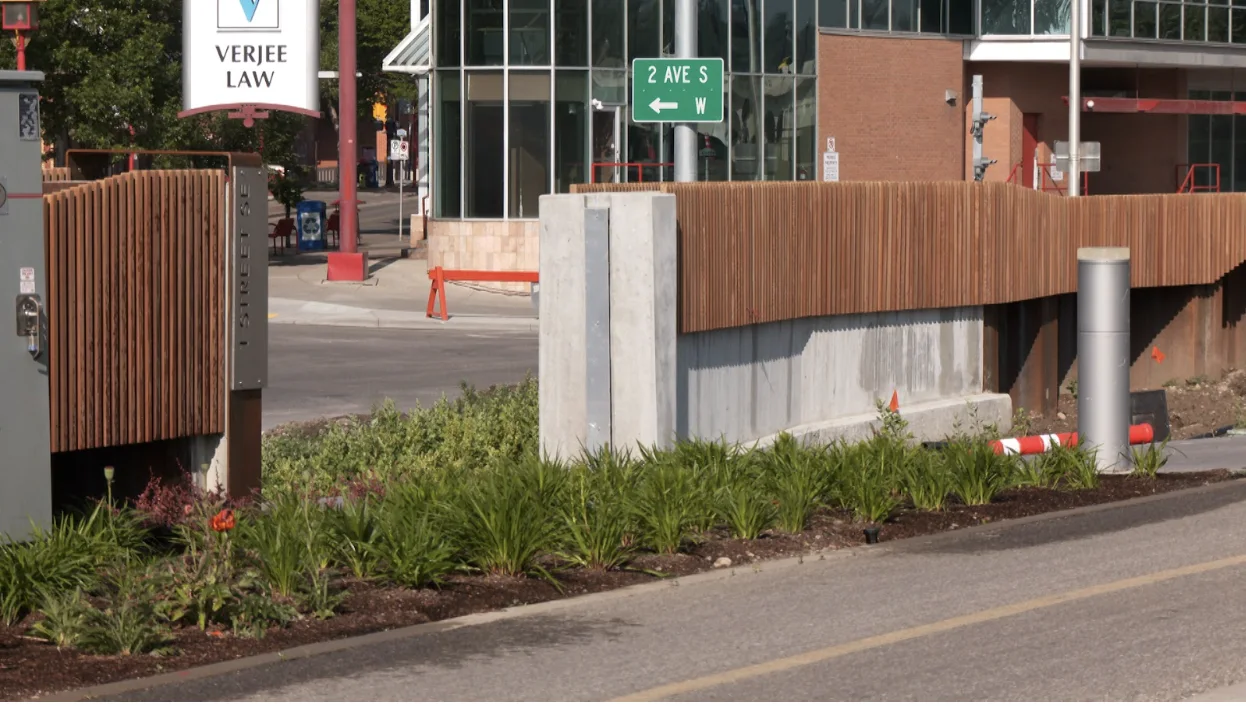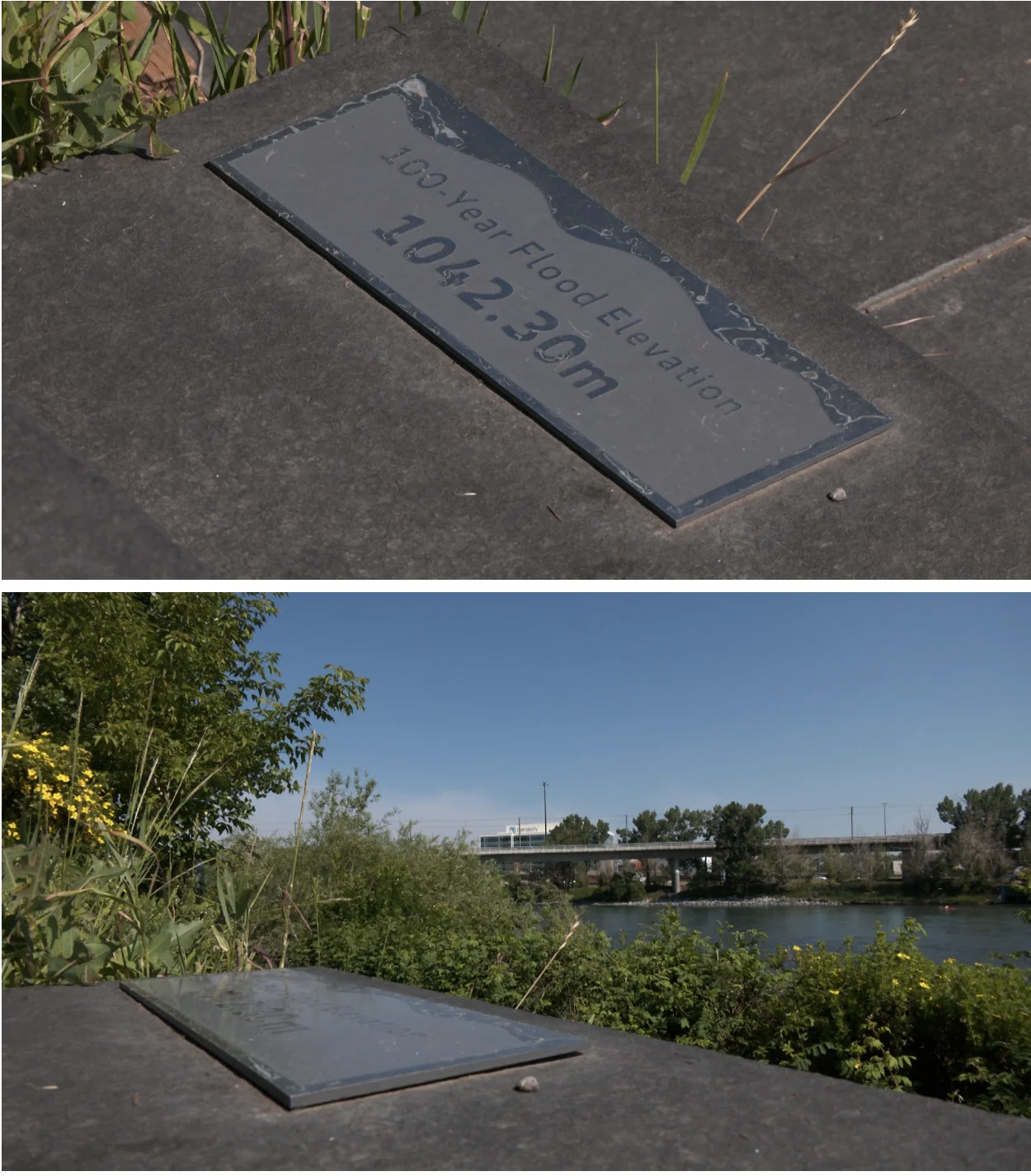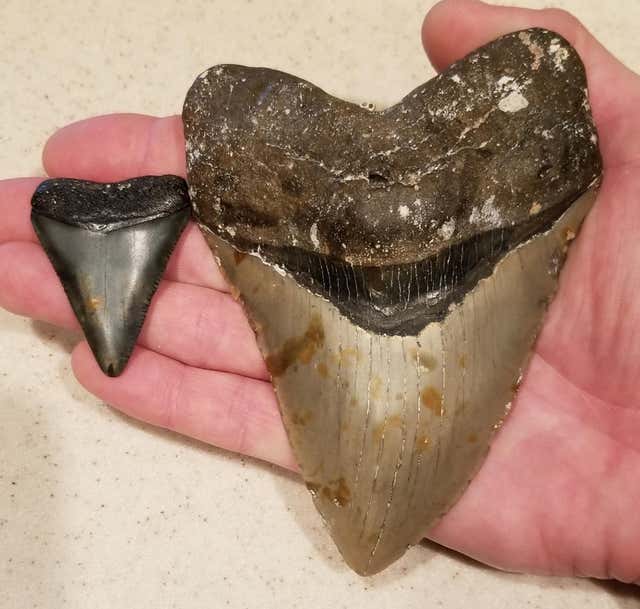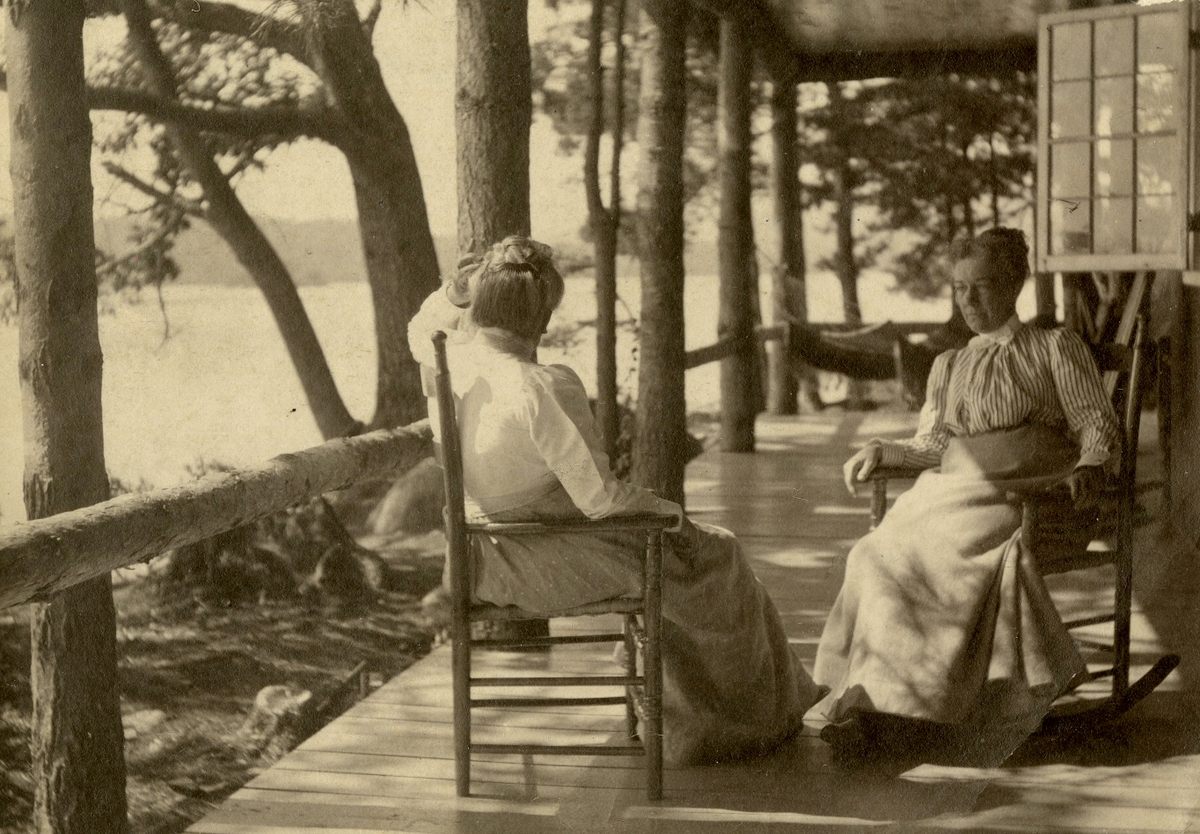The key to reducing these criminal threats is ending the sanctions on Venezuela
Oil production in Venezuela has recently picked up after years of decline. But increasing criminal activity around the industry hinders the market’s potential recovery.
A series of attempted thefts from pipelines over the past several months has raised concerns at the state oil company, Petróleos de Venezuela (PDVSA), which distributes gasoline and diesel throughout the country via these pipelines.
In May, PDVSA's vice president of trade and national supply, Juan Carlos Díaz, said that five of the country's 17 fuel distribution plants have been paralyzed because "gangs open holes in the pipelines and connect hoses to steal the gasoline." Pipeline theft increased noticeably in May and April, said Díaz, though he did not say by how much.
The most recent reported incident was the perforation of an oil pipeline in the state of Anzoátegui, in eastern Venezuela, on June 1.
SEE ALSO: Inside the Evaporating Black Market for Gasoline in Zulia, Venezuela
A lack of state investment, falling oil prices, and international sanctions have devastated Venezuela’s oil industry, once one of the strongest in the world. As the main driver of Venezuela’s economy, experts consider the recovery of the industry essential to improving the country’s economic crisis.
Below, InSight Crime examines how organized crime could affect the revival of the country's oil industry.
Proliferation of Fuel Theft
Fuel theft has become a significant problem for PDVSA over the last two years.
A 1,444-kilometer network of pipes moves fuel from refining plants to filling centers around Venezuela. Oil sanctions and the lack of investment in refineries have created a gasoline shortage, especially in states far from the capital, Caracas. Now, increasing fuel theft has exacerbated those shortages.
“Why is there no volume at the service stations? Because organized crime violated us,” said the governor of the southern state of Bolívar, Ángel Marcano, in a press conference at the end of April. “The fuel mafias violated the pipeline."
Criminal networks steal as much as 30% of the fuel destined for this southern region of the country, according to official information.
Bolívar is just one of several states affected by fuel theft. Between January 2021 and June 2023, InSight Crime recorded nine cases of arrests or dismantling of networks dedicated to illegally extracting gasoline in the states of Yaracuy, Carabobo, Lara, Zulia, and Mérida.
While authorities have indicated that there are various gangs dedicated to tapping pipelines, they have not provided any further information about the groups.
The Cancer of Corruption
“The biggest blow to the oil industry," according to former PDVSA director José Toro Hardy, "centers around corruption."
Corruption began in earnest when then-President Hugo Chávez nationalized of country’s oil production in the early 2000s. A lack of transparency around the oil industry was one of the aspects that characterized Chávez’s economic management, according to Andrés Rojas Jiménez, a Venezuelan journalist and editor of the oil and energy-focused publication Petroguía. The practice, he said, was continued by Chávez’s successor, current President Nicolás Maduro.
SEE ALSO: Despite Vast Oil Reserves, Venezuela Smuggling Gasoline From Colombia, Brazil
Due to the absence of reports, embezzlement went undetected for years. One of the first scandals uncovered involved Rafael Ramírez, a close contact of Chávez who was accused by the Venezuelan National Assembly in 2016 of embezzling some $11 billion while he served as oil minister and president of PDVSA between 2004 and 2014.
Ramírez fled the country. His successors, the former Oil Minister Eulogio Del Pino and former PDVSA President Nelson Martínez, were both accused of corruption, among other charges, by the Venezuelan Attorney General in 2017. Martínez died in prison in 2018 while awaiting trial. Del Pino remains in pretrial detention.
In March 2023, another operation led to the arrest of civilians and soldiers who held management positions at PDVSA for participating in a corruption scheme. The event led to the resignation of Tareck El Aissami, former Oil Minister and one of the key political figures in the country.
According to the Venezuelan Attorney General's Office, these officials arranged shipments of oil to foreign businessmen who were then in charge of selling it. But upon payment, the PDVSA was shortchanged, with a significant portion diverted to the accounts of these officials.
While authorities have not specified the amount that PDVSA lost as a result of this scheme, unofficial estimates put the figure at around $21 billion.
Corrupt officials have allowed criminal gangs to dismantle PDVSA oil facilities and sell the stolen parts for scrap metal, further impeding the recovery of the industry, according to complaints from the Venezuelan Attorney General's Office.
Extortion Industry
Extortion is another issue. As a result of the pandemic and de facto dollarization, which has made the US dollar the desired currency, extortion has become one of the main criminal economies in Venezuela.
In February, a man was detained by officials from Venezuela's criminal investigative unit (Cuerpo de Investigaciones Científicas, Penales y Criminalísticas - CICPC) in the state of Anzoátegui for his alleged involvement in extorting companies subcontracted by PDVSA. A year earlier, the Attorney General's Office reported the dismantling of a gang that extorted oil companies in the same region.
These extortion cases hinder the recovery process for the Venezuelan oil industry if they scare off investments from international oil companies concerned about security.
The key to reducing these criminal threats, Jiménez told InSight Crime, is ending the sanctions on Venezuela, which would lead to an improvement in electricity infrastructure and staff remuneration, as well as greater security in the oil fields.
“Crime is a consequence of distortions in other areas,” Jiménez said. “As long as you have distortions in other areas, crime will inevitably have it too.”



















